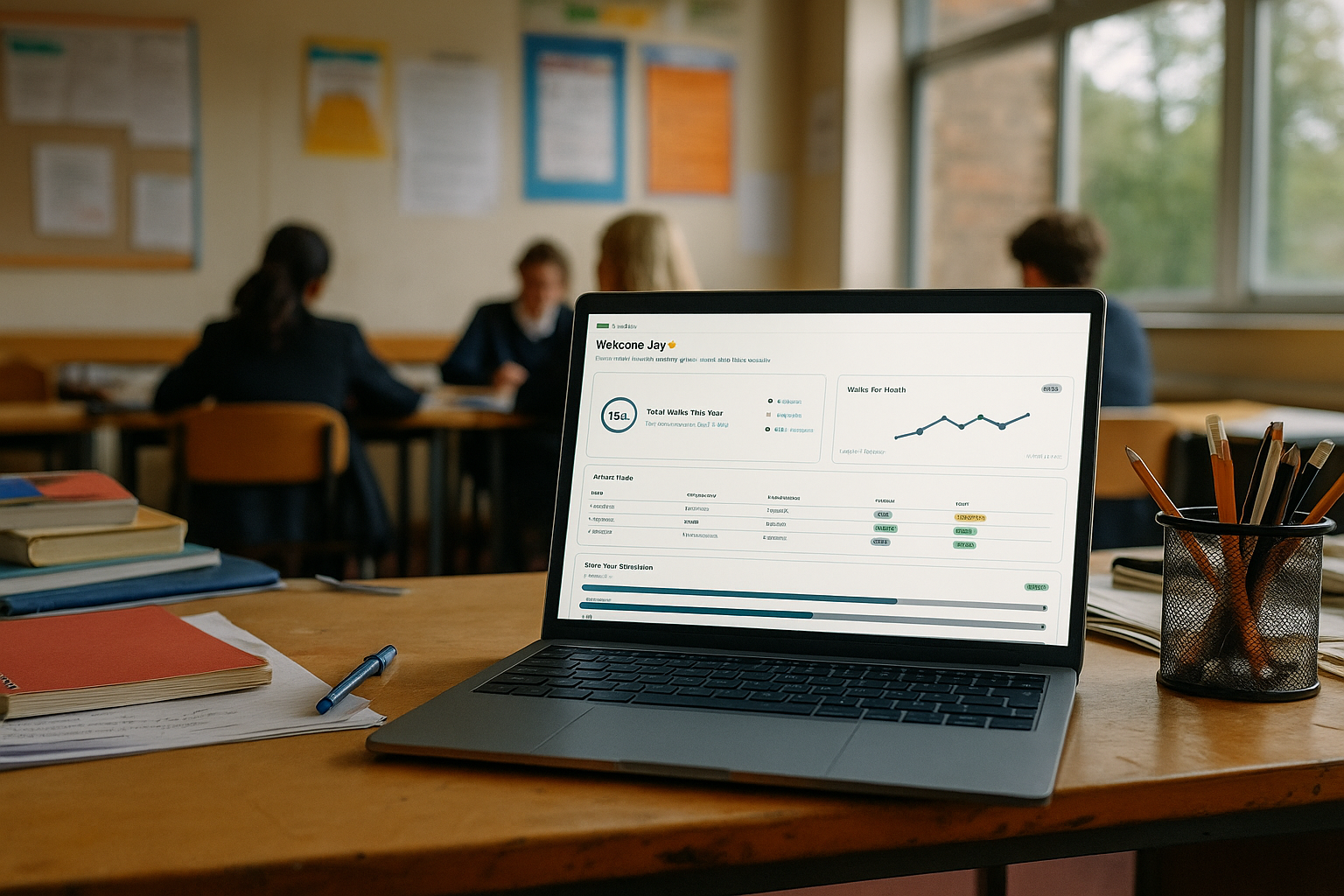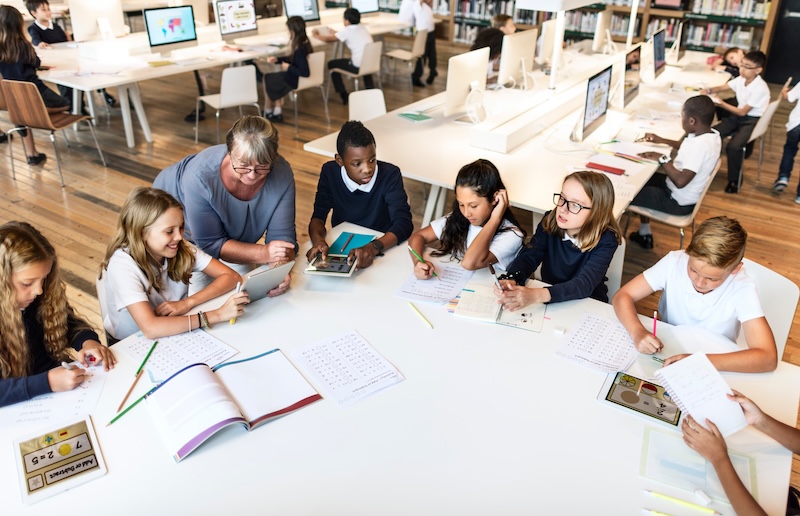Learning Walks: Primary vs Secondary
(Why one size never fits all)
It's easy to assume a learning walk is a universal tool. Same approach, same questions, same process.
But anyone who's walked through both a Year 2 phonics session and a Year 10 chemistry lab knows:
Primary and secondary classrooms are very different worlds.
To get meaningful insight — and build trust — your walk-through approach has to reflect that.
Walking in a Primary Setting
In a primary school, the classroom is its own ecosystem.
You're likely to see:
- One adult teaching all subjects across the week
- A strong sense of community and personal routines
- Phonics, guided reading, and hands-on learning
- Classroom environments used actively for learning (e.g. working walls, phonics displays)
- Pupils at very different stages of social and emotional development — sometimes even within the same year group
That means your learning walk questions might include:
- Are pupils accessing the vocabulary they need to succeed?
- How is early reading being prioritised and modelled?
- What kind of talk is happening — is it exploratory, instructional, collaborative?
- How are routines adapted for younger or more vulnerable learners?
And tone is everything:
🎒 If you're doing a KS1 walk, tread softly — it's their world, not yours.
Walking in a Secondary Setting
Secondary schools run on subject expertise, tight schedules, and varied classroom cultures.
You're likely to encounter:
- Specialist teachers with different pedagogical approaches
- Pupils moving around the site every 50–60 minutes
- A range of learning behaviours — and learning expectations
- Greater reliance on abstract thinking, extended writing, and independent tasks
So in secondary, learning walks might focus on:
- Are subject-specific strategies clearly visible?
- Is there consistency in expectations and transitions between lessons?
- Do pupils understand where this learning fits into the broader subject journey?
- Are low-level behaviours being pre-empted and managed calmly?
And critically:
How does the environment support depth, focus, and challenge?
Same Intent — Different Approach
In both settings, the aim is the same:
- Understand the learner experience
- Check alignment to curriculum and routines
- Spot strengths and inconsistencies
But how you walk, what you look for, and how you feed back should be tailored to the setting.
That's how you build genuine insight — and avoid creating a tick-box culture that doesn't reflect the reality of each phase.
Final Word
A learning walk isn't a form — it's a lens.
And that lens needs adjusting when you're walking through phonics one hour and physics the next.
Know your context. Know your questions.
Walk with purpose — and phase-appropriate understanding.
Ready to improve?
Join our pilot program and discover how our platform can transform your approach to learning walks.
Ready to transform your learning walks?
Our platform helps you capture meaningful data, generate insights, and drive school improvement—without the administrative burden.

